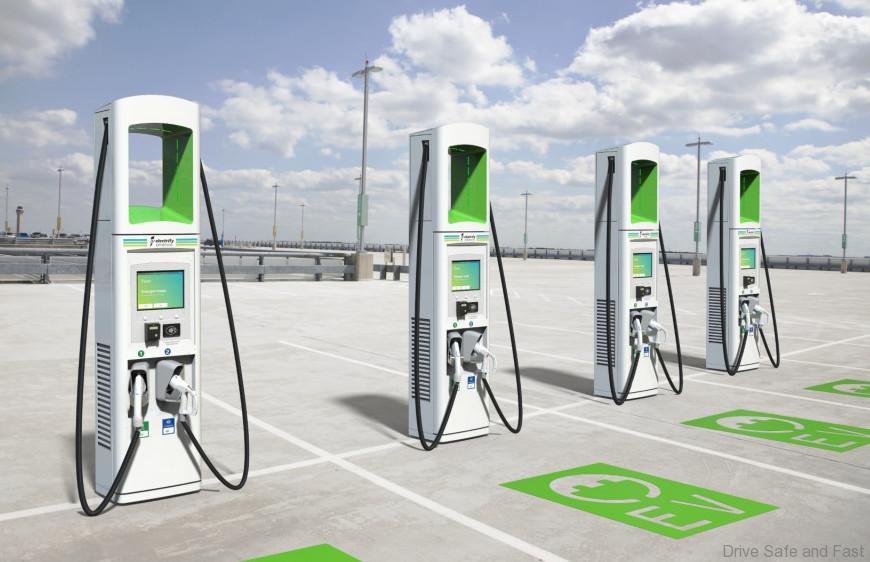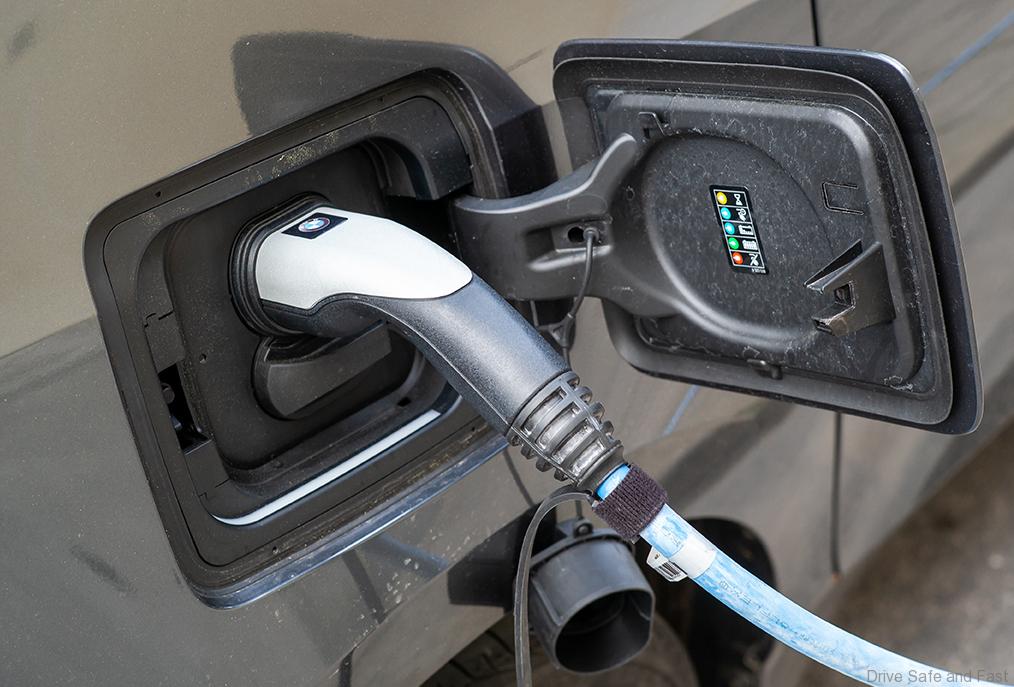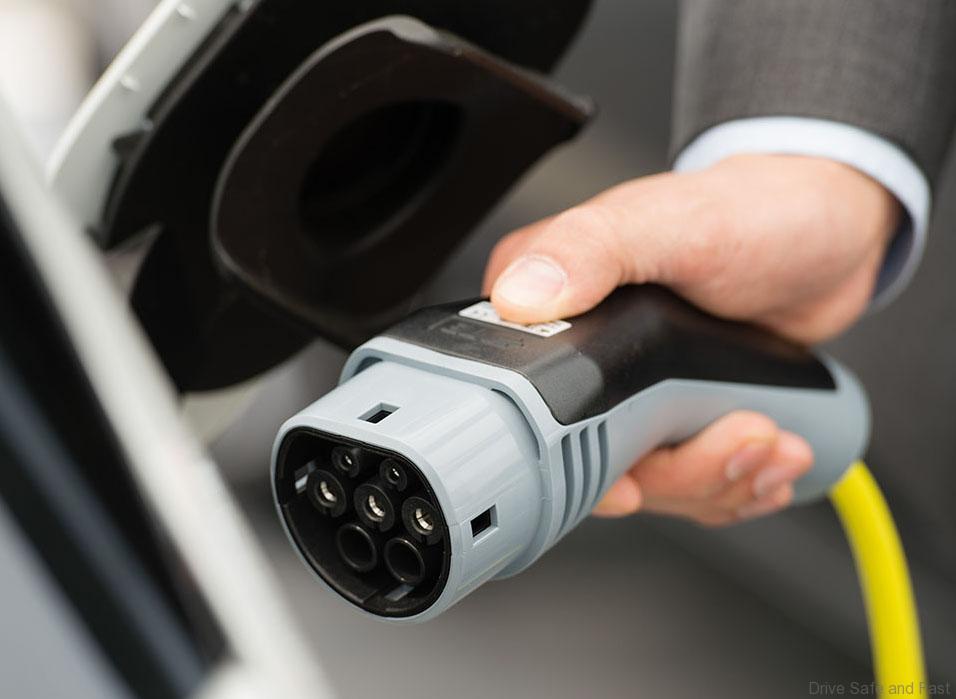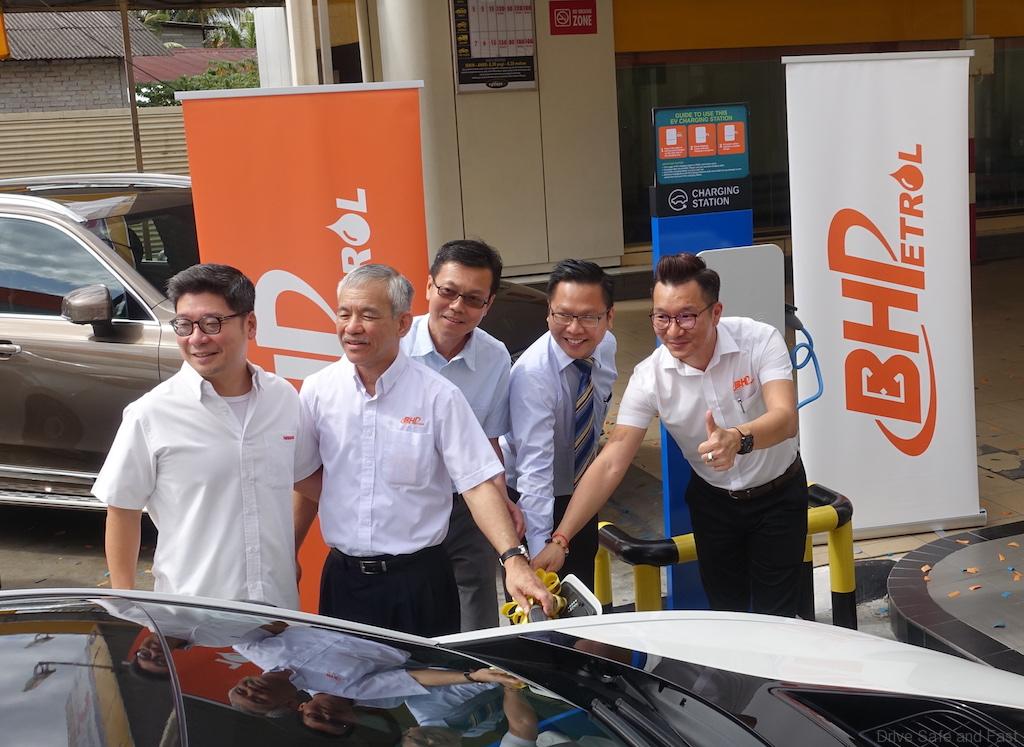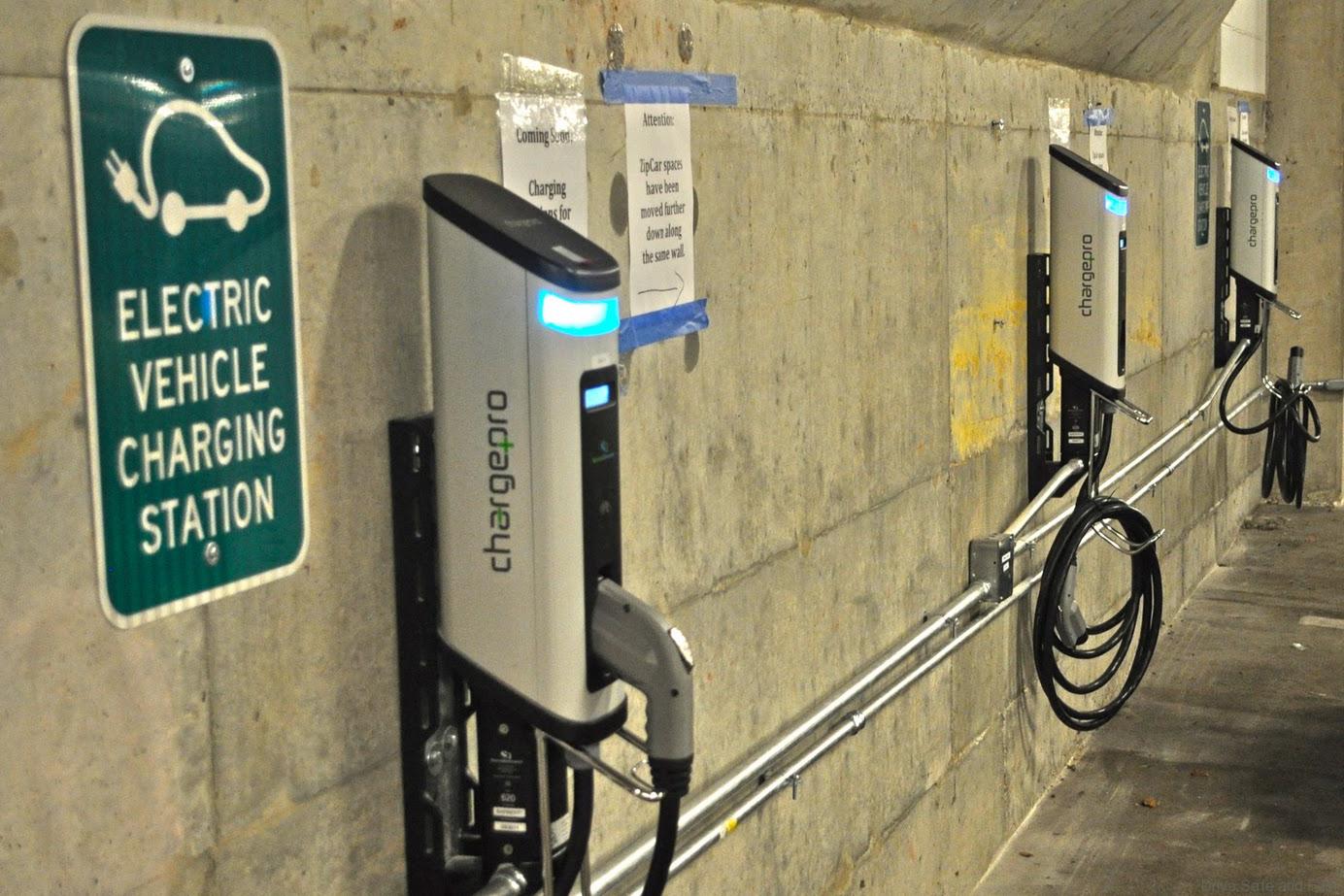News just in that the new Malaysian government wants to look at possible alternative drive cars…….which means…..electric or hybrid cars…….and the all new electric driven Nissan Leaf is on its way. Renault has a brand new Zoe and Mercedes-Benz promises a new range of EQ vehicles for Malaysia. All this will only be a sales success if the electric car charger is easily available for owners to use and not have range anxiety.
The heyday of the petrol/diesel station as a place to refuel will phase out as electric power producers take over the fuel stations. That means a wholesale rethinking of the infrastructure that consumers use to charge their batteries is needed and it is needed fast.
Powering that electric-car fleet will require a dramatic increase in public charging stations from the dozens active today.
Automakers, power companies, third-party charging companies and federal, state and local governments may all have a vested interest in electric-vehicle infrastructure. That does not mean any of them are rushing to build them.
That’s partly because, at the moment, charging stations remain largely unprofitable. There is little incentive for private charging companies to invest without a guarantor. So automakers and governments have stepped in, working with charging companies on their own piecemeal initiatives.
Currently plugin hybrid (PHEV) charging stations are in some mall car-park, hotels (where the owners have PHEV’s) and a handful of public spaces.
If you buy a battery electric vehicle, you need to buy a home recharger and this only works for buyers who have a home of their own and not renting.
Most PHEV drivers today charge at home using a regular outlet, but DC charging can do the same job in a fraction of the time and is growing fast in popularity on roadsides.
Analysts expect the option to expand even further as the time for a long-distance charge declines to around 10 to 15 minutes. This is a bit longer than it takes to fill a petrol tank. But on a road trip, between bathroom breaks and snack selection, not necessarily a delay.


